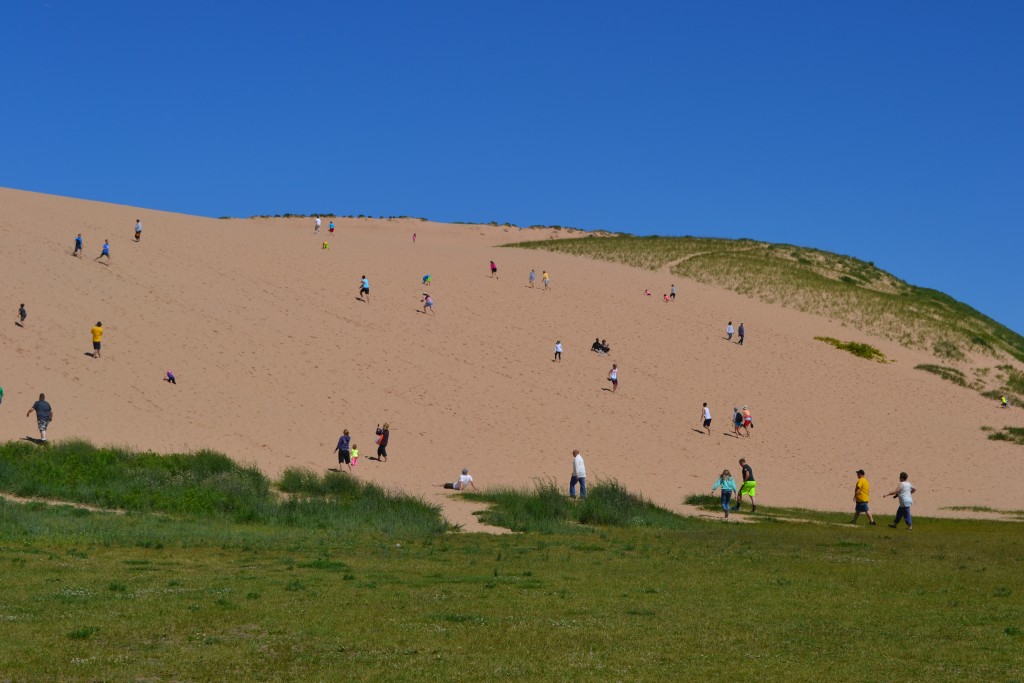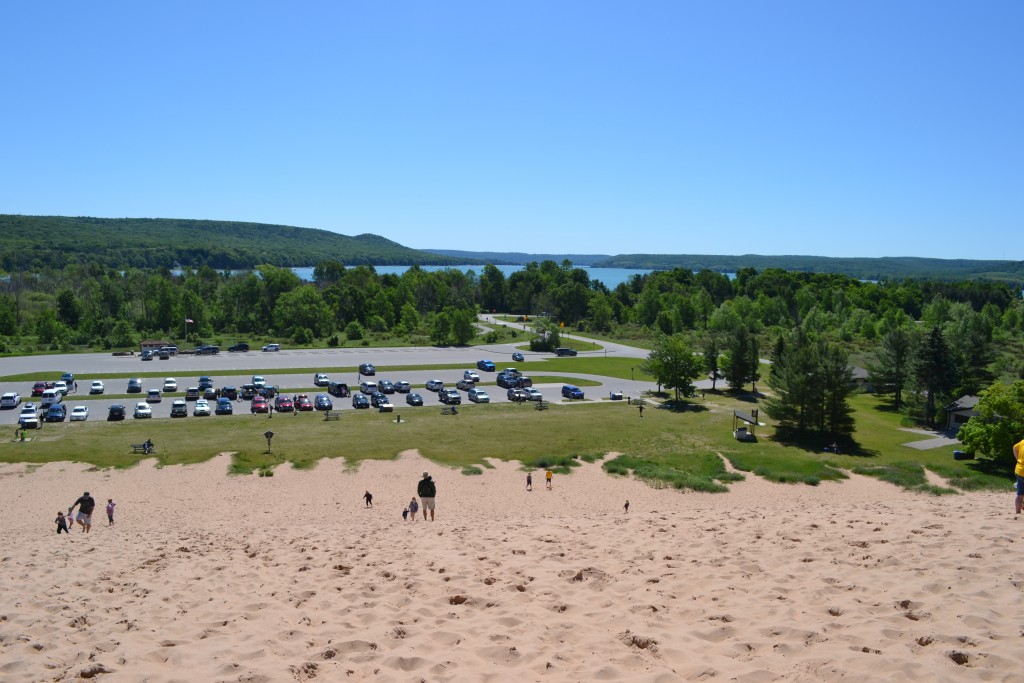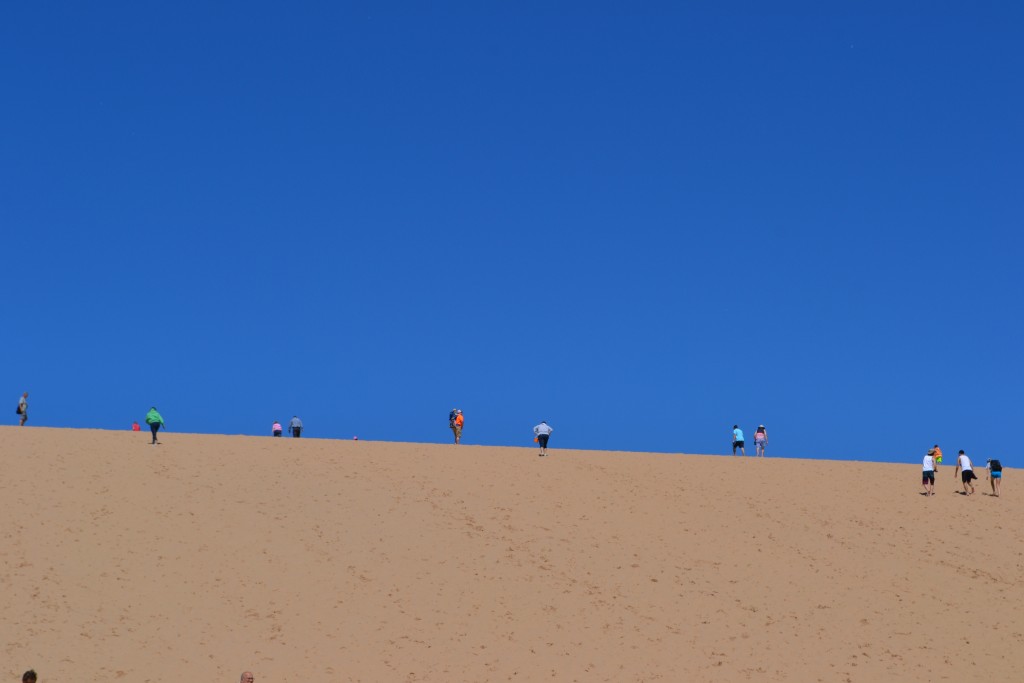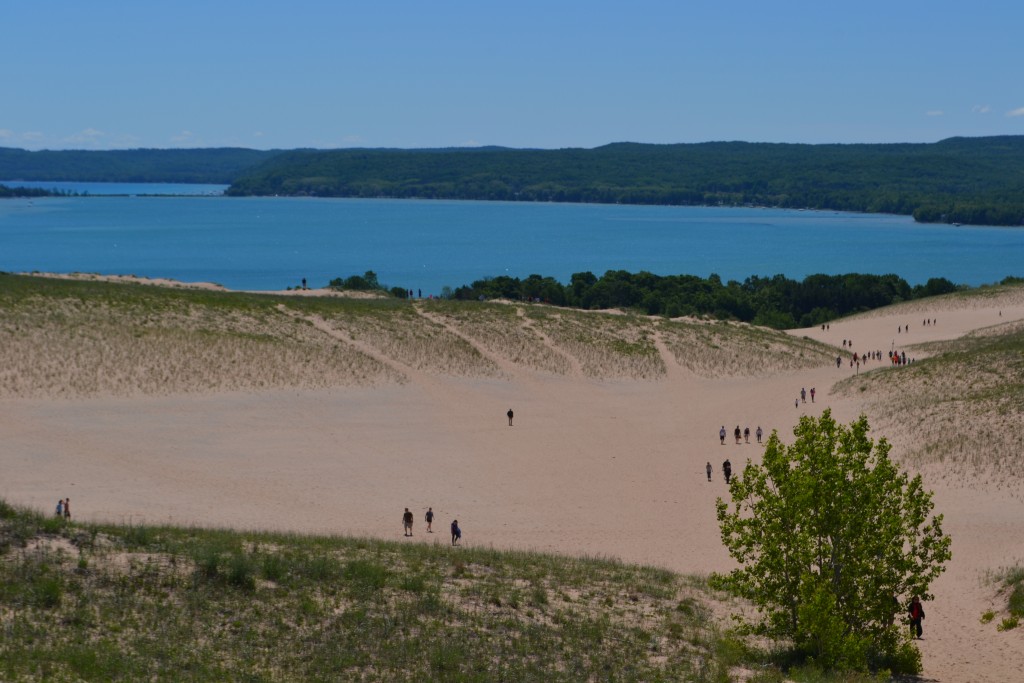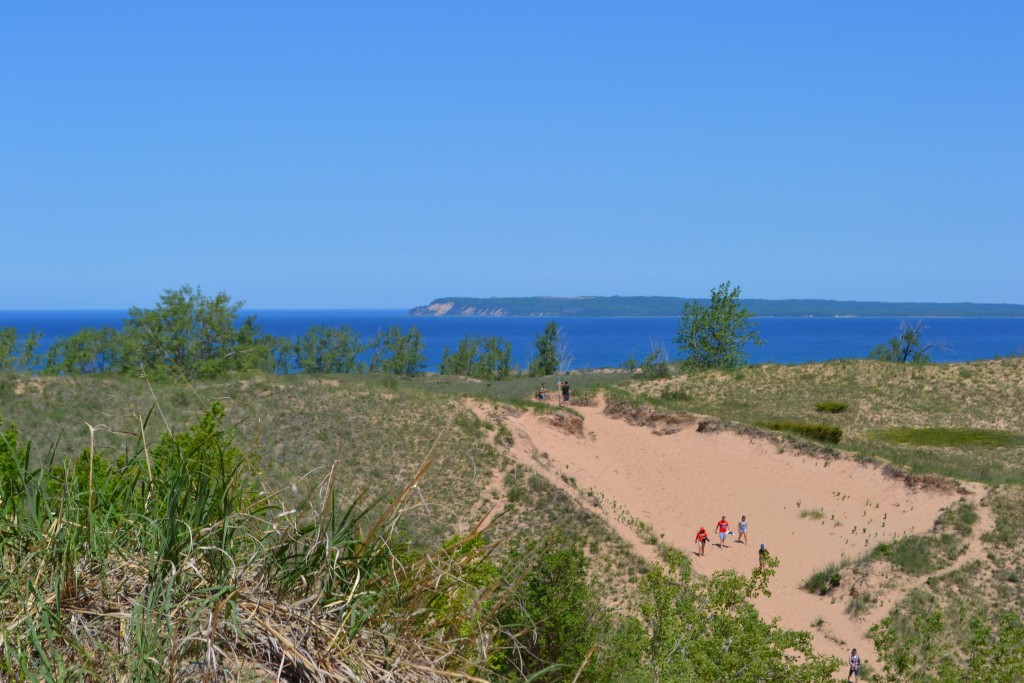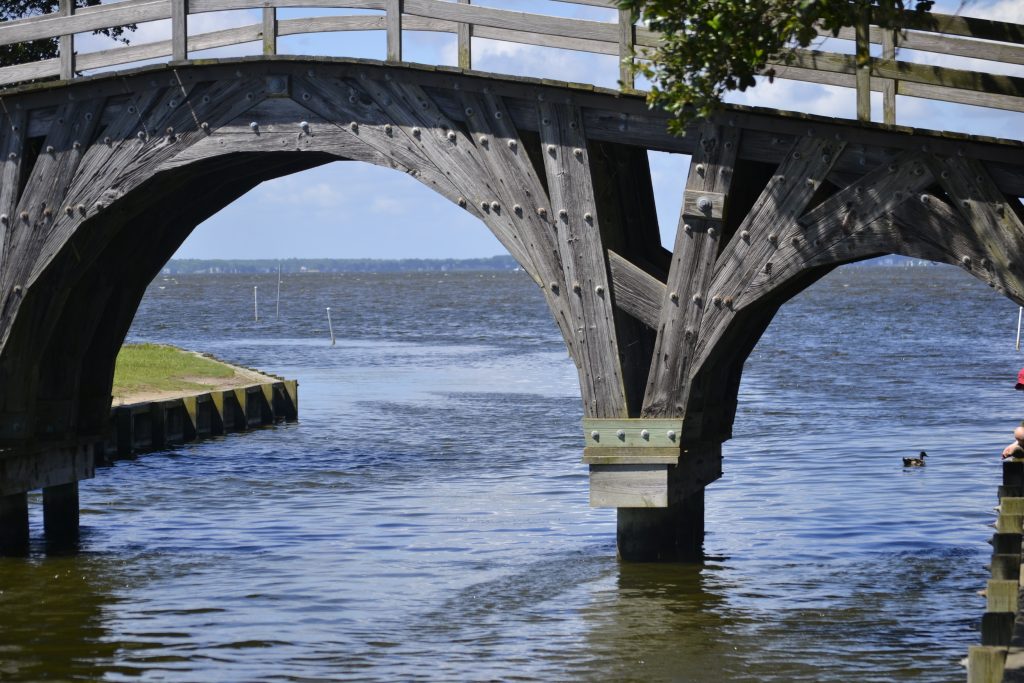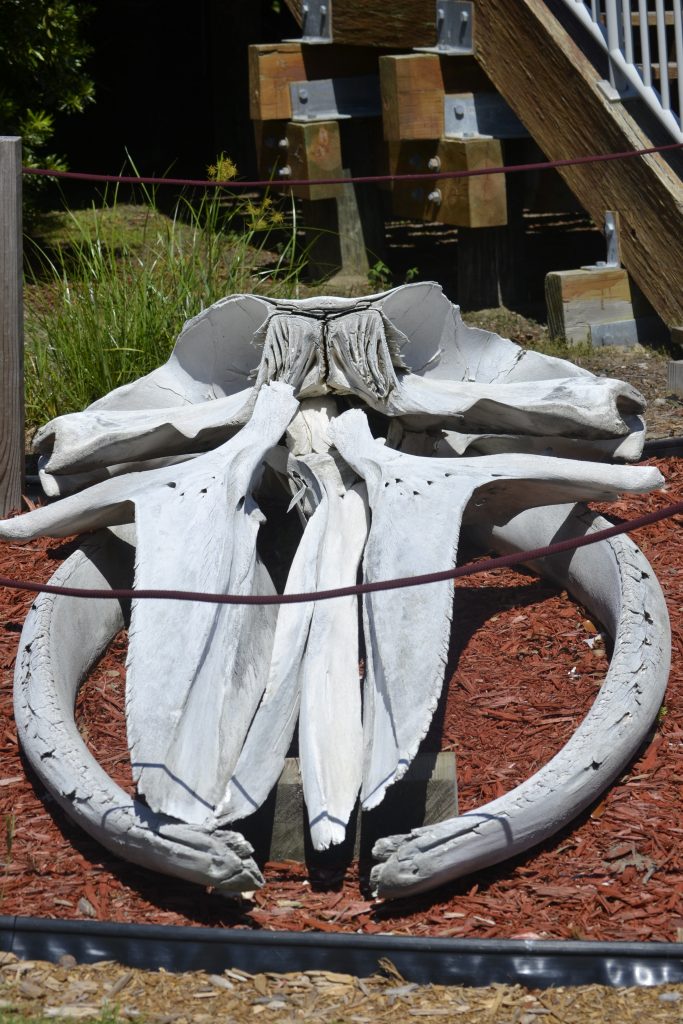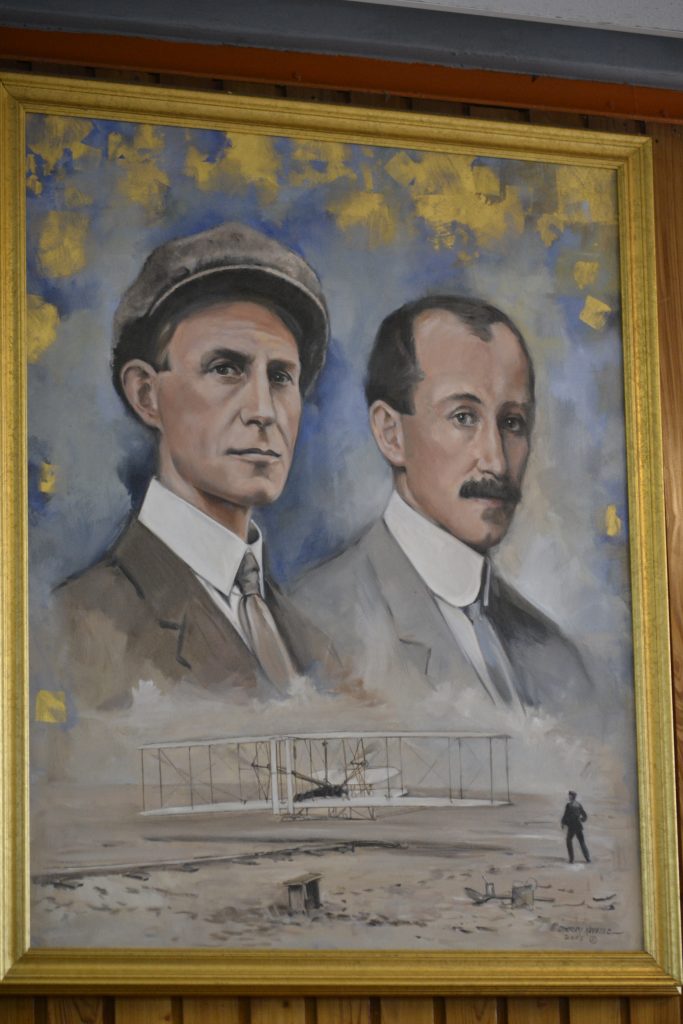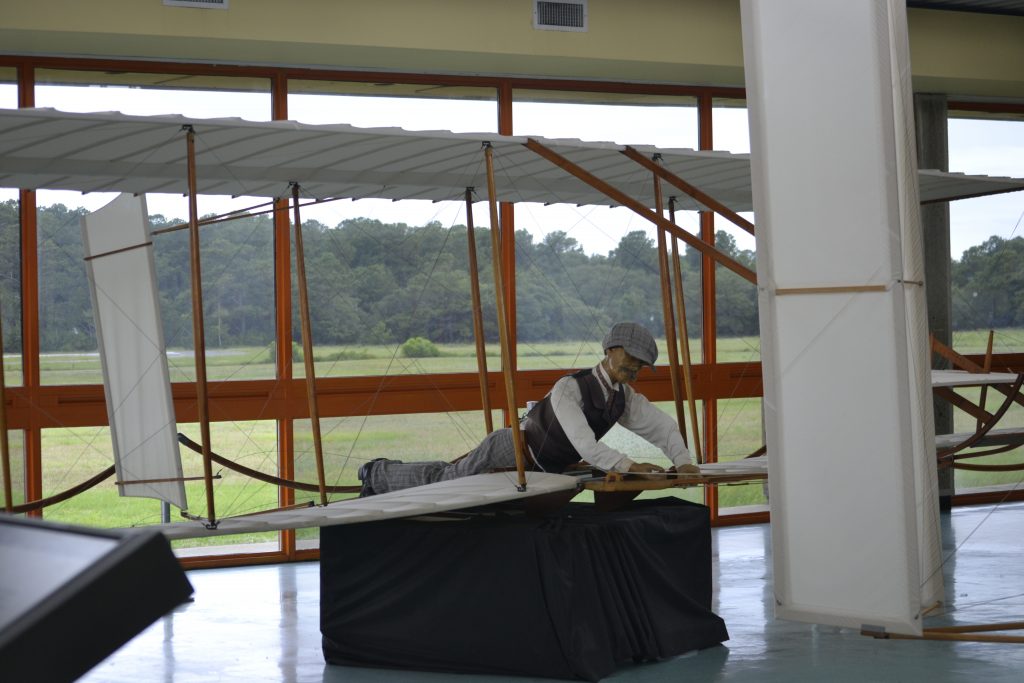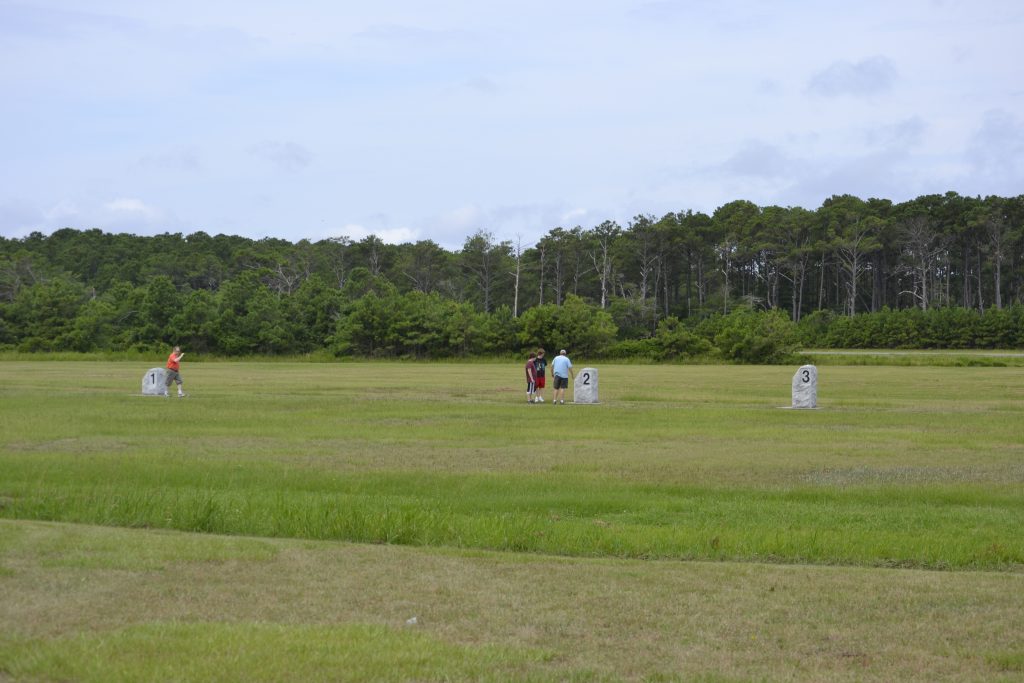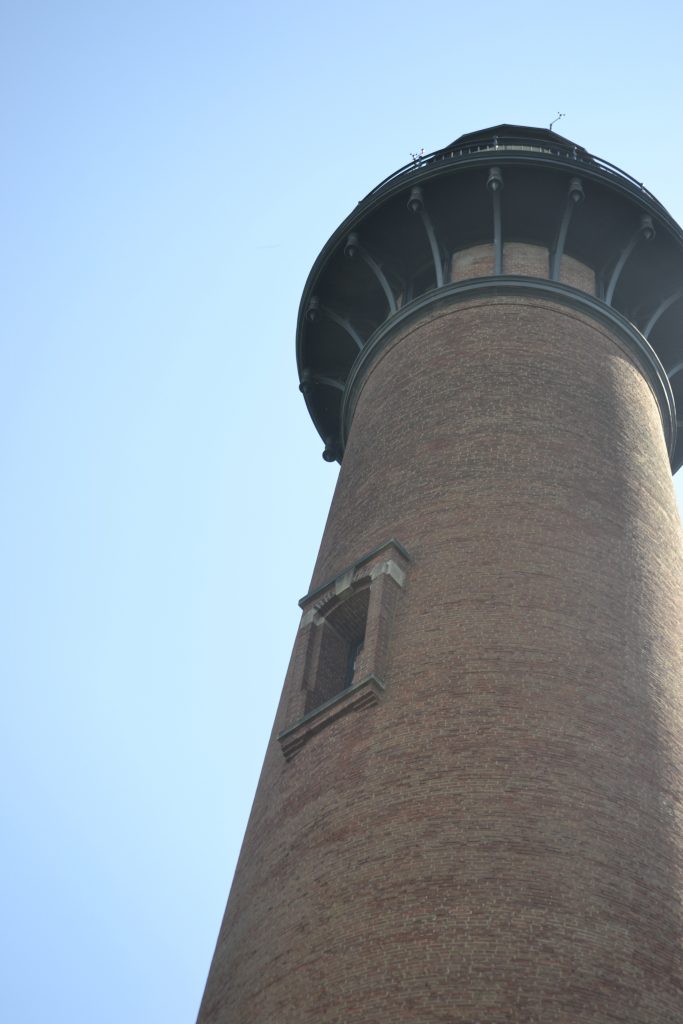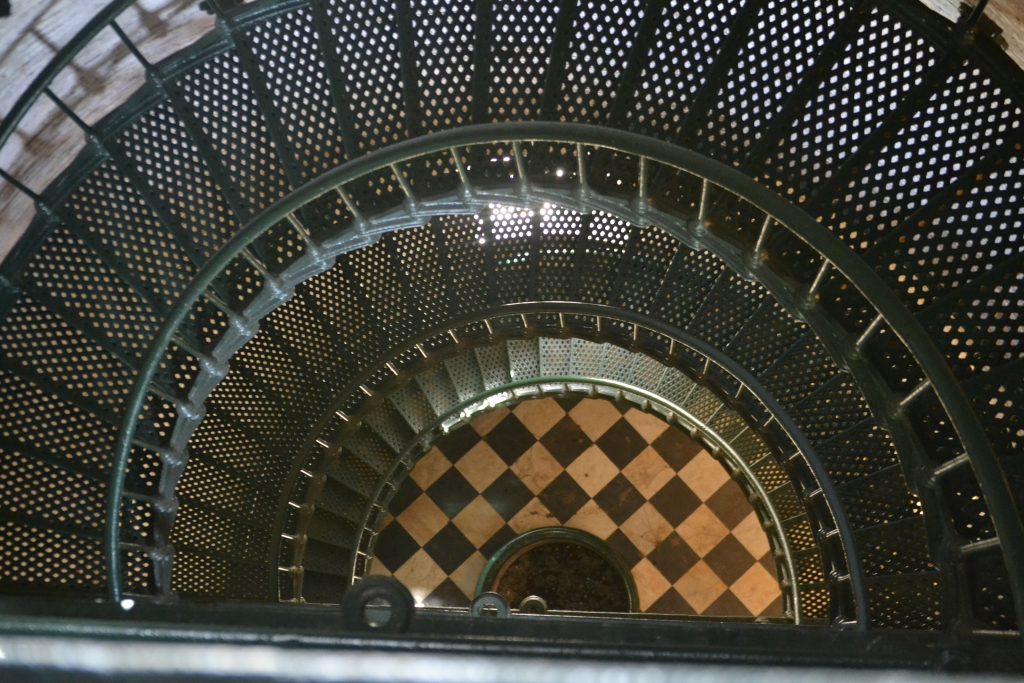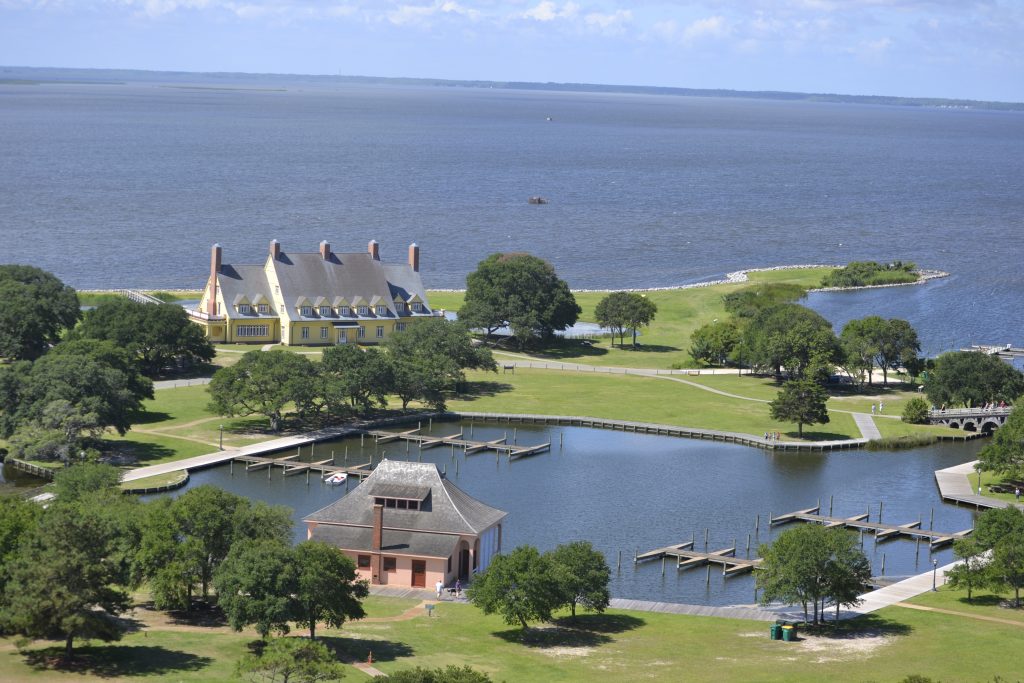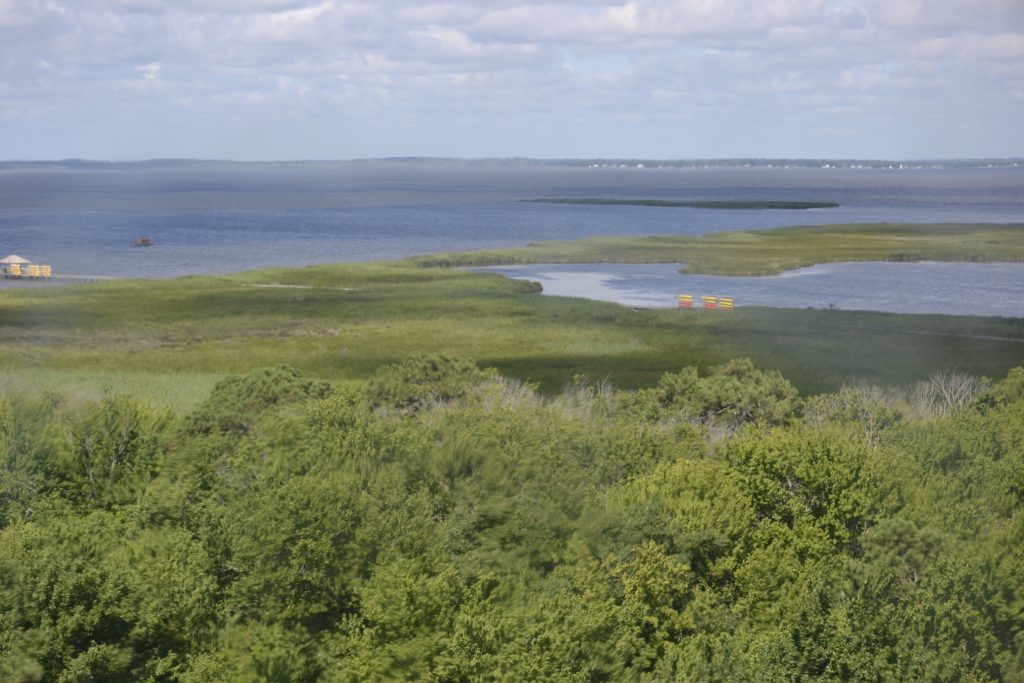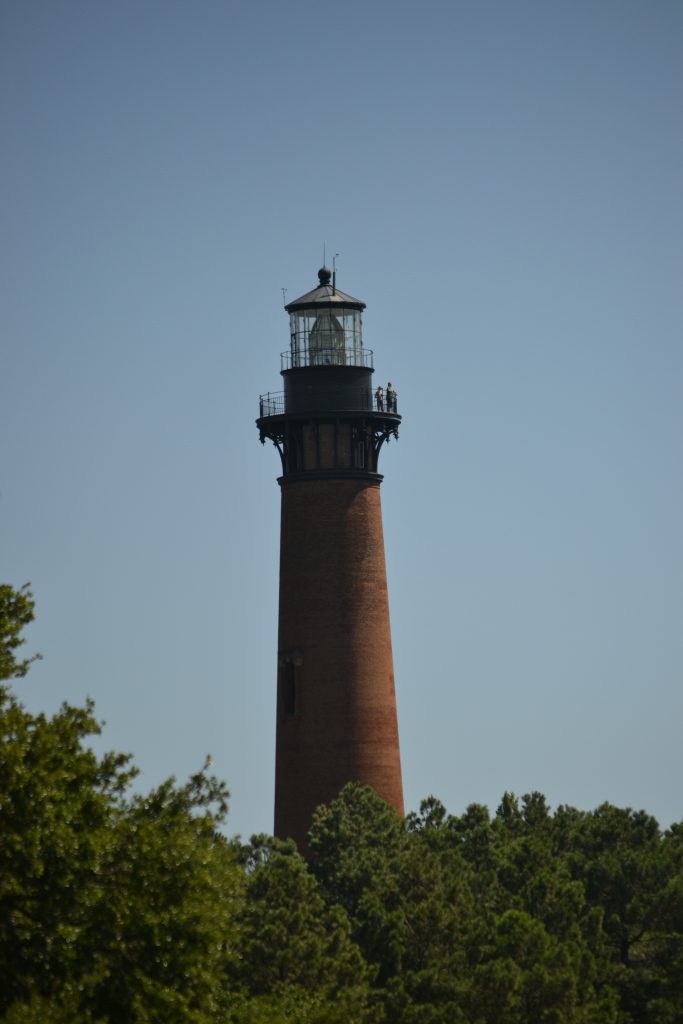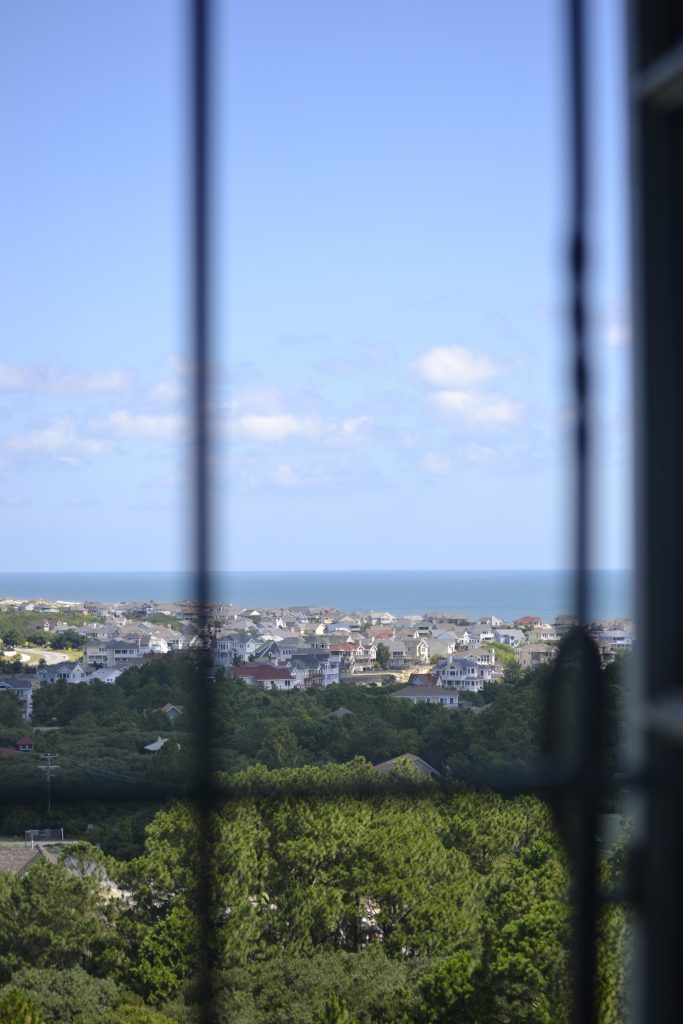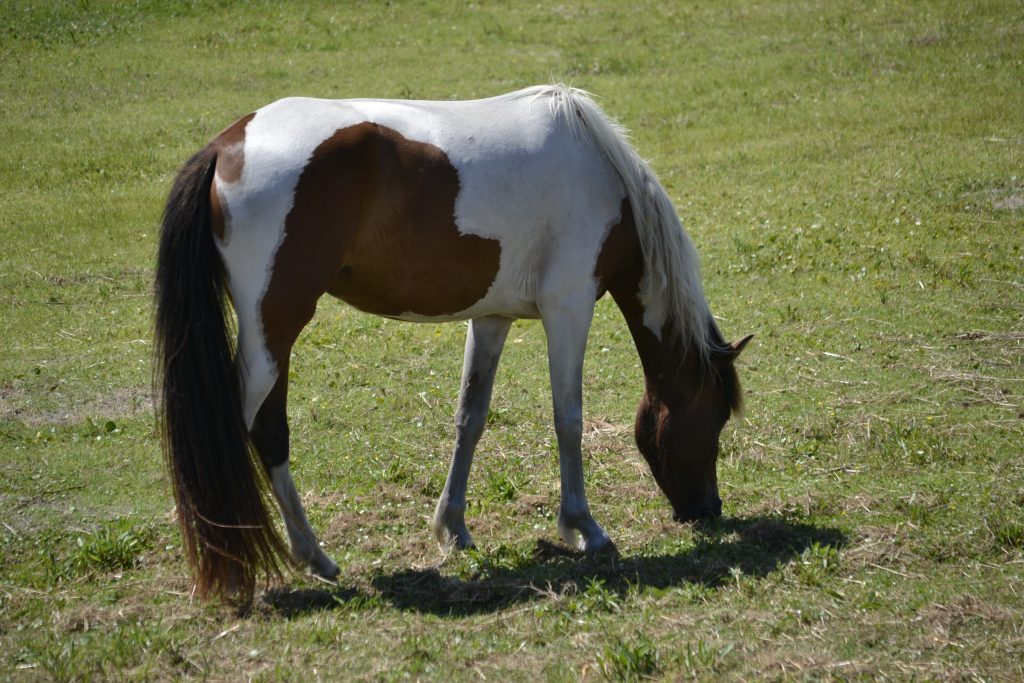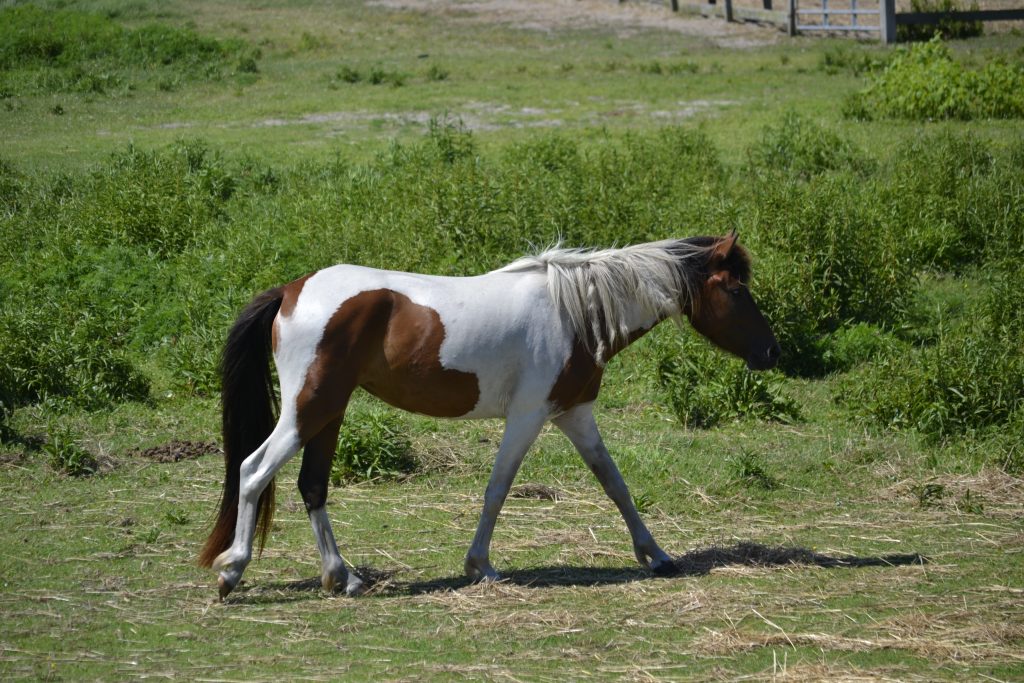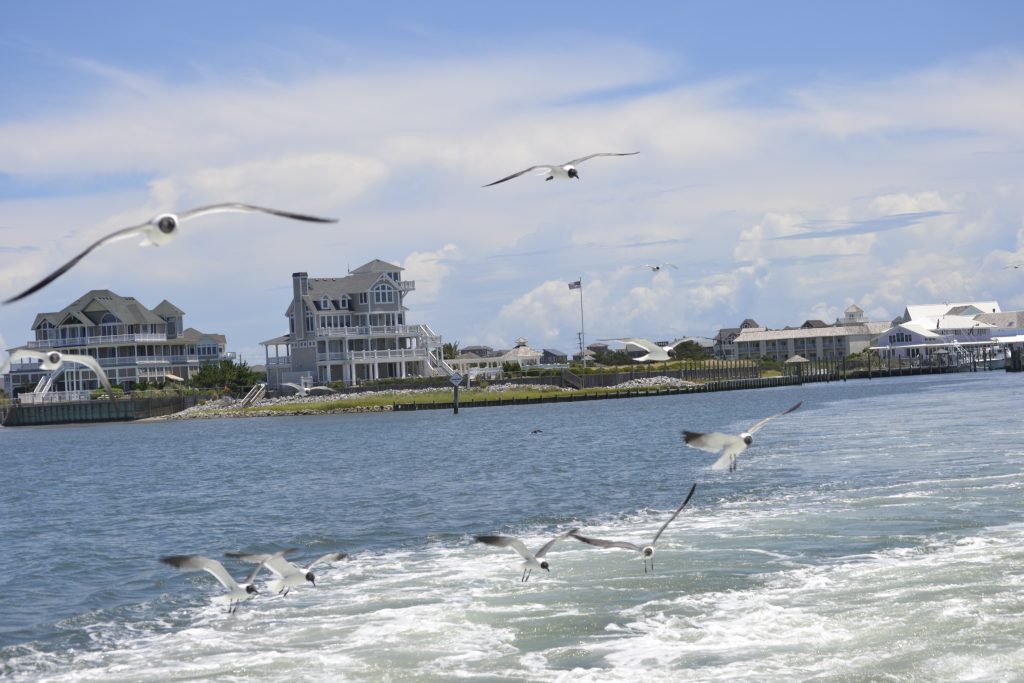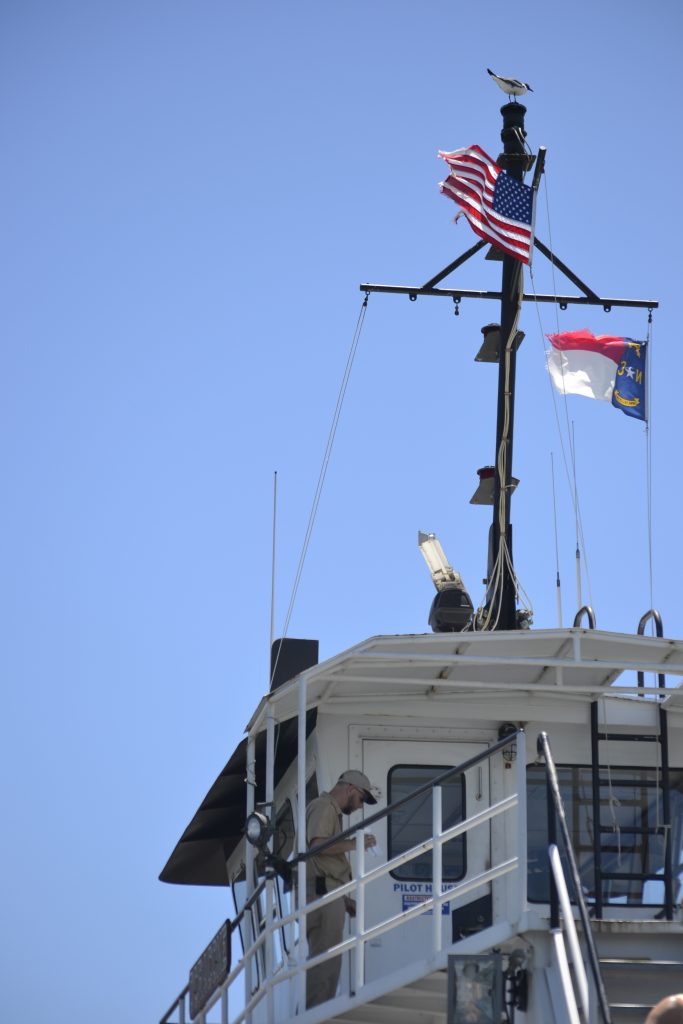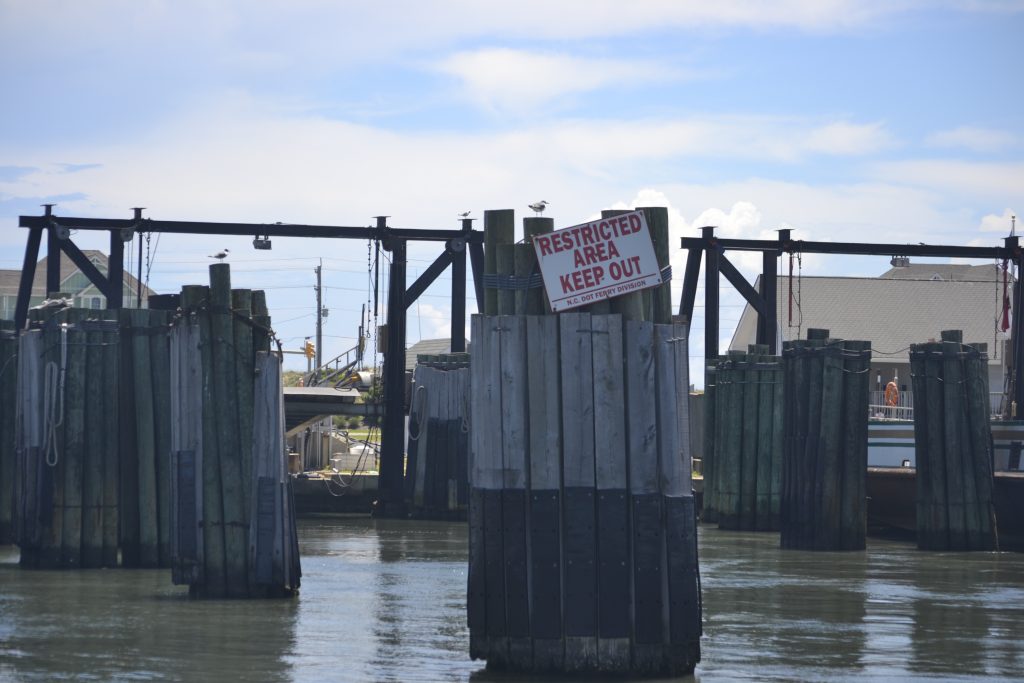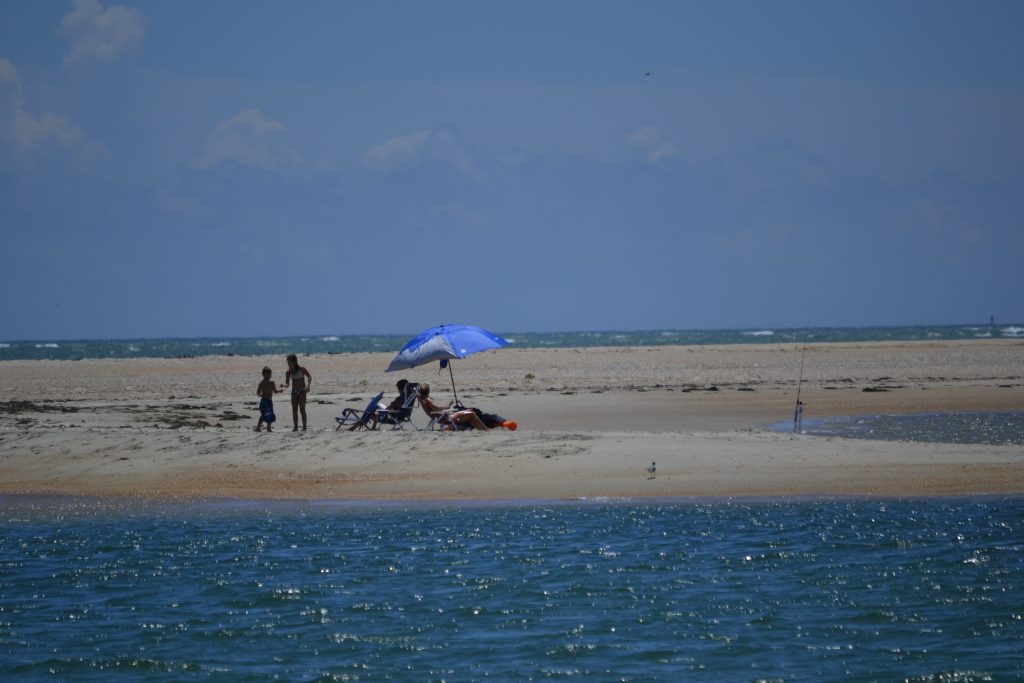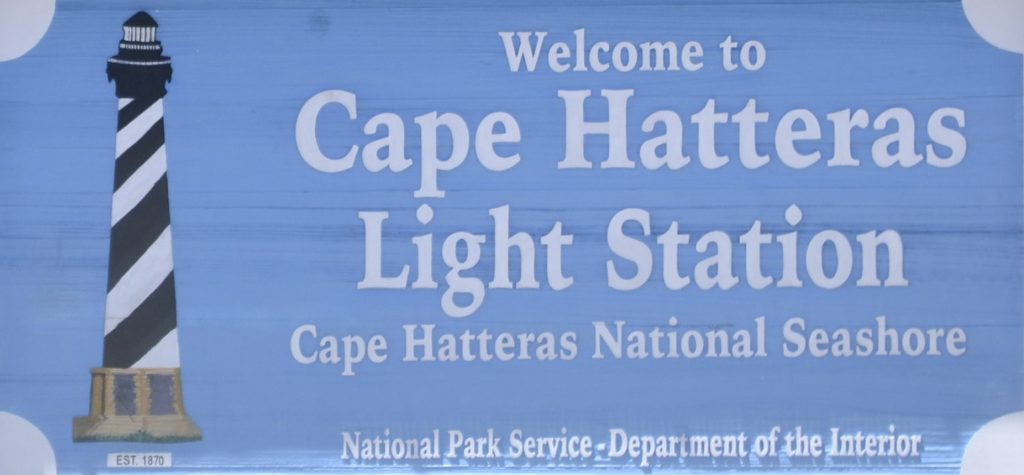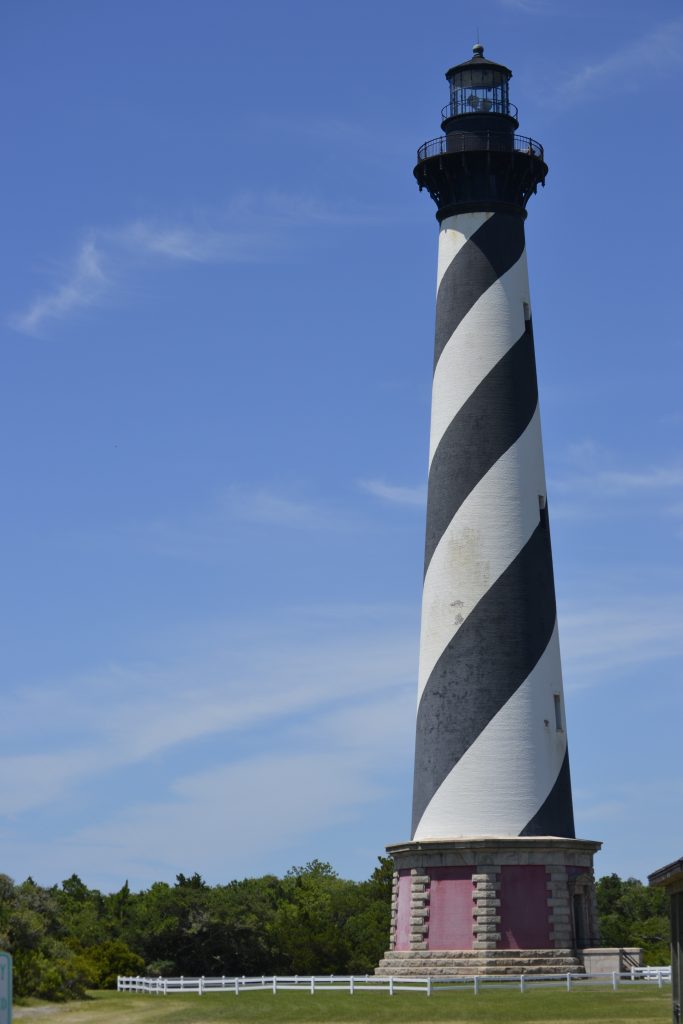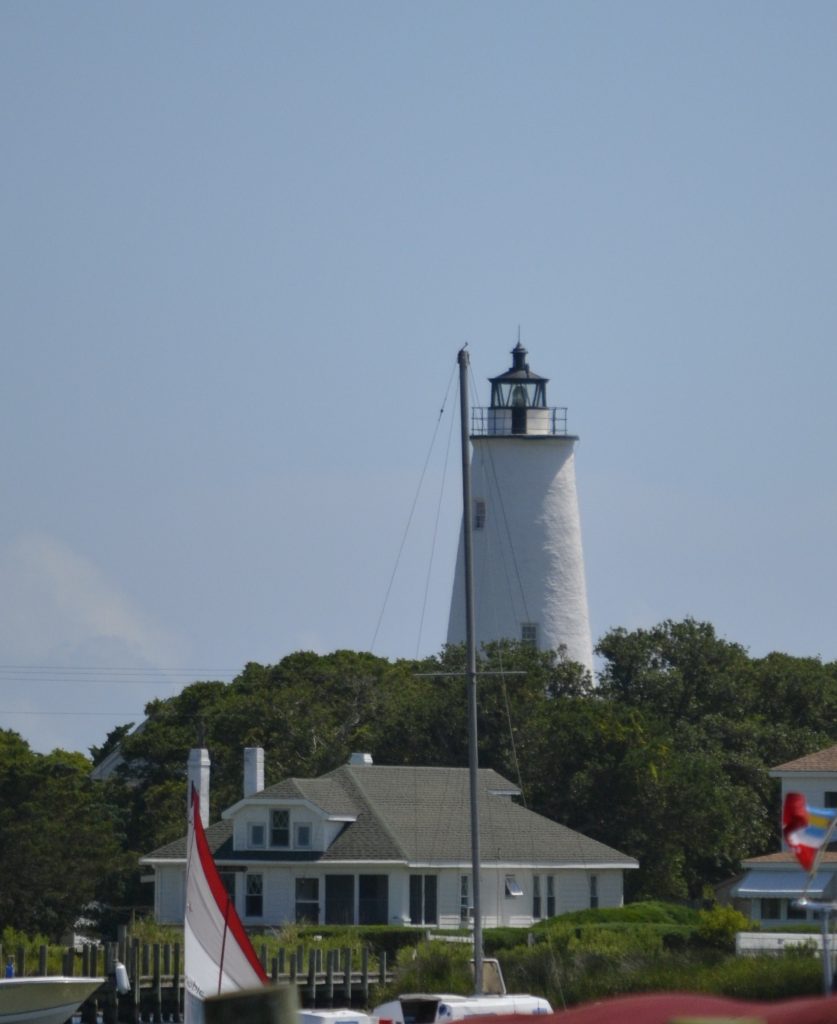Did you know that the Great Smoky Mountain National Park is a World Heritage Site?
These beautiful mountains, known as the Great Smokies, are located in both North Carolina and Tennessee, a part of the Blue Ridge Mountains, and a segment of the Appalachians. This land, measuring nearly half a million acres, became a national park in 1940 and a UNESCO Heritage Site in 1983.
The national park’s Visitor Center provides an overview of life in the Great Smoky Mountains from its flora and fauna to the wild animals that make their home here. We decided to make a stop with my nephew, Nolan to learn more about the animals we may encounter during our visit.
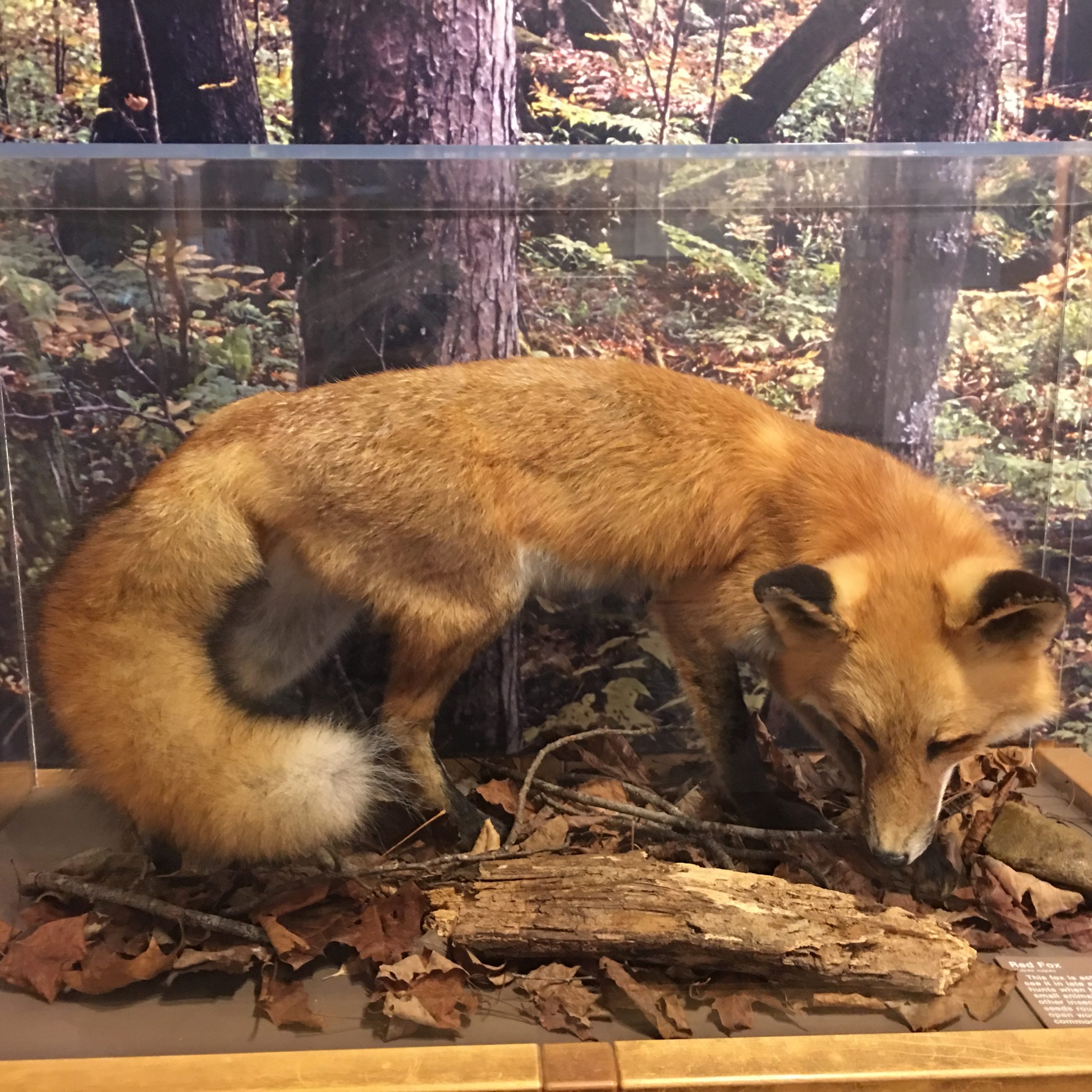
The Red Fox resides in the Northern Hemisphere and is one of the largest of all foxes. Able to adapt in all environments, the red fox is usually found in pairs or in small families feasting on smaller rodents. They can survive at various elevations. The red fox has a white tip on its tail, a face that resembles a dog. and its legs may me darker than its coat.

The Grey Fox, although similar to the Red Fox, is usually grey in color and is specifically adapted to climb trees to escape predators. Rather than a white tip on their tail, they will have a black stripe down its tail, a strong neck and the face similar to a cat.
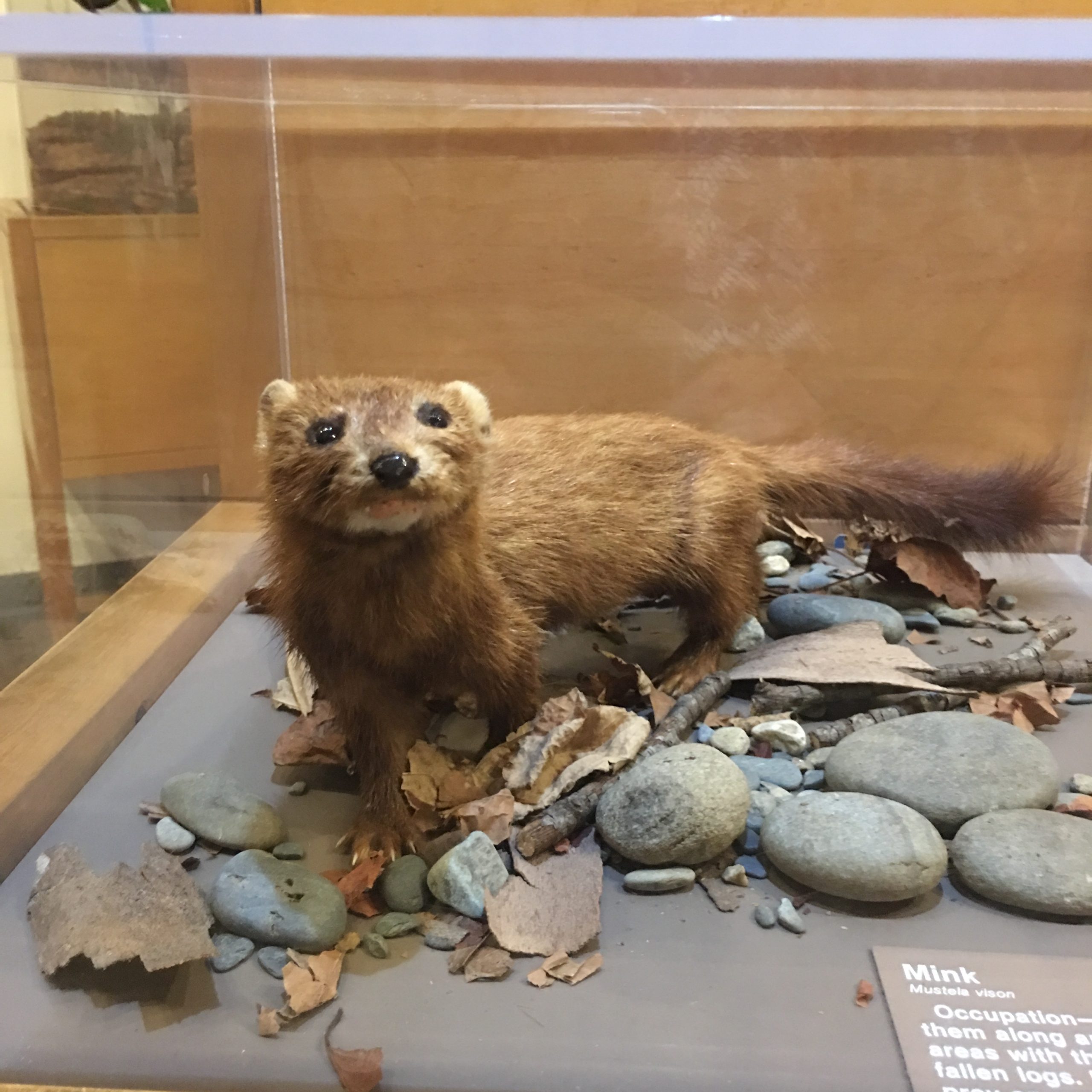
I have only seen a mink once in the wild near a wetlands trail. They are such an elusive creature, growing to be about 12 – 15 inches and weighing a little over 2 pounds. Their coats are brown and may have white markings on their chests and bellies. They travel independently and find their food near water. It is certainly an amazing feeling when you see one in the wild.
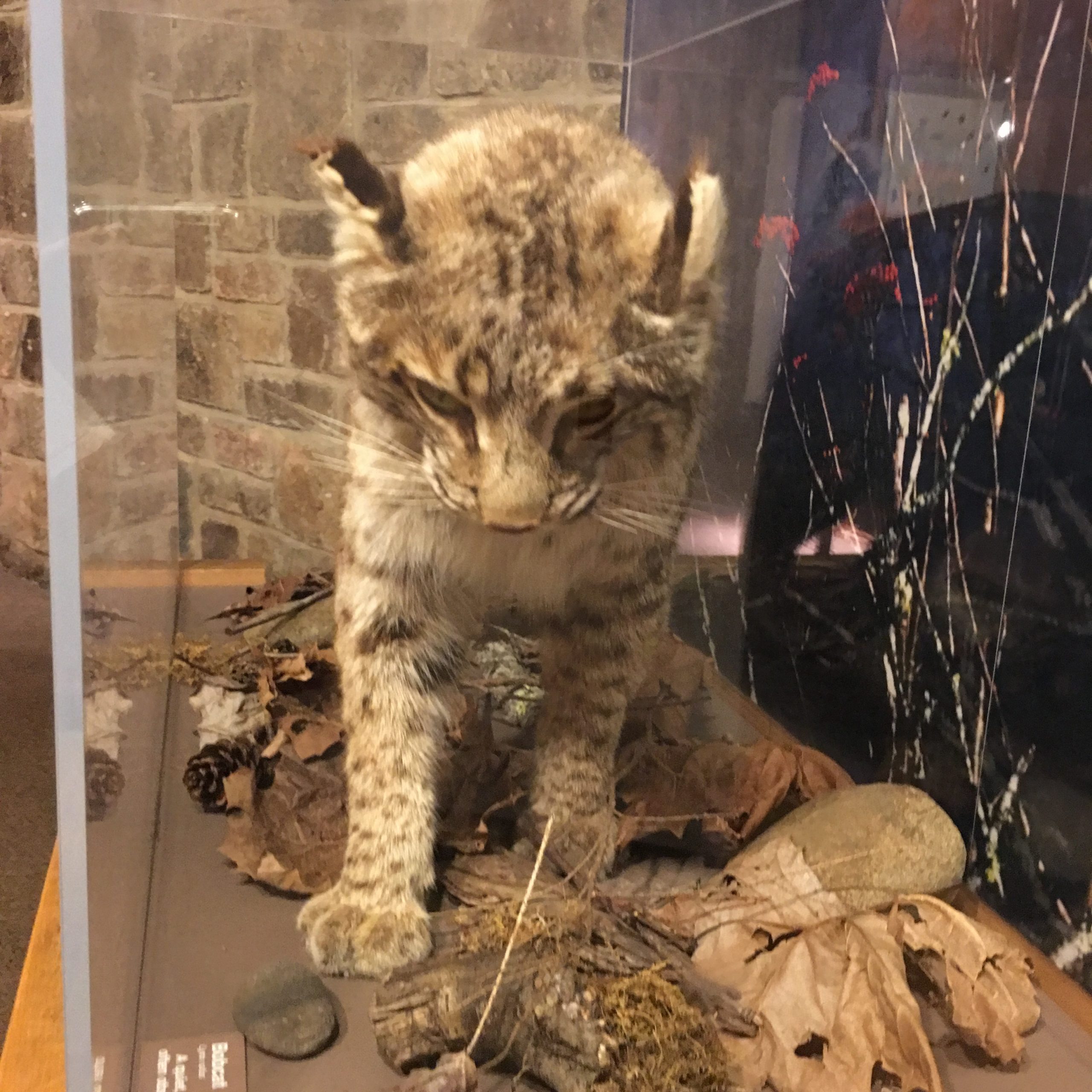 Bobcats are a rare sight throughout the Smokey Mountains as they are nocturnal and solitary in nature. Covered in spots, they have stubby tails and short ears and they only grow as long as three feet. The females give birth to up to six kittens during the winter.
Bobcats are a rare sight throughout the Smokey Mountains as they are nocturnal and solitary in nature. Covered in spots, they have stubby tails and short ears and they only grow as long as three feet. The females give birth to up to six kittens during the winter.
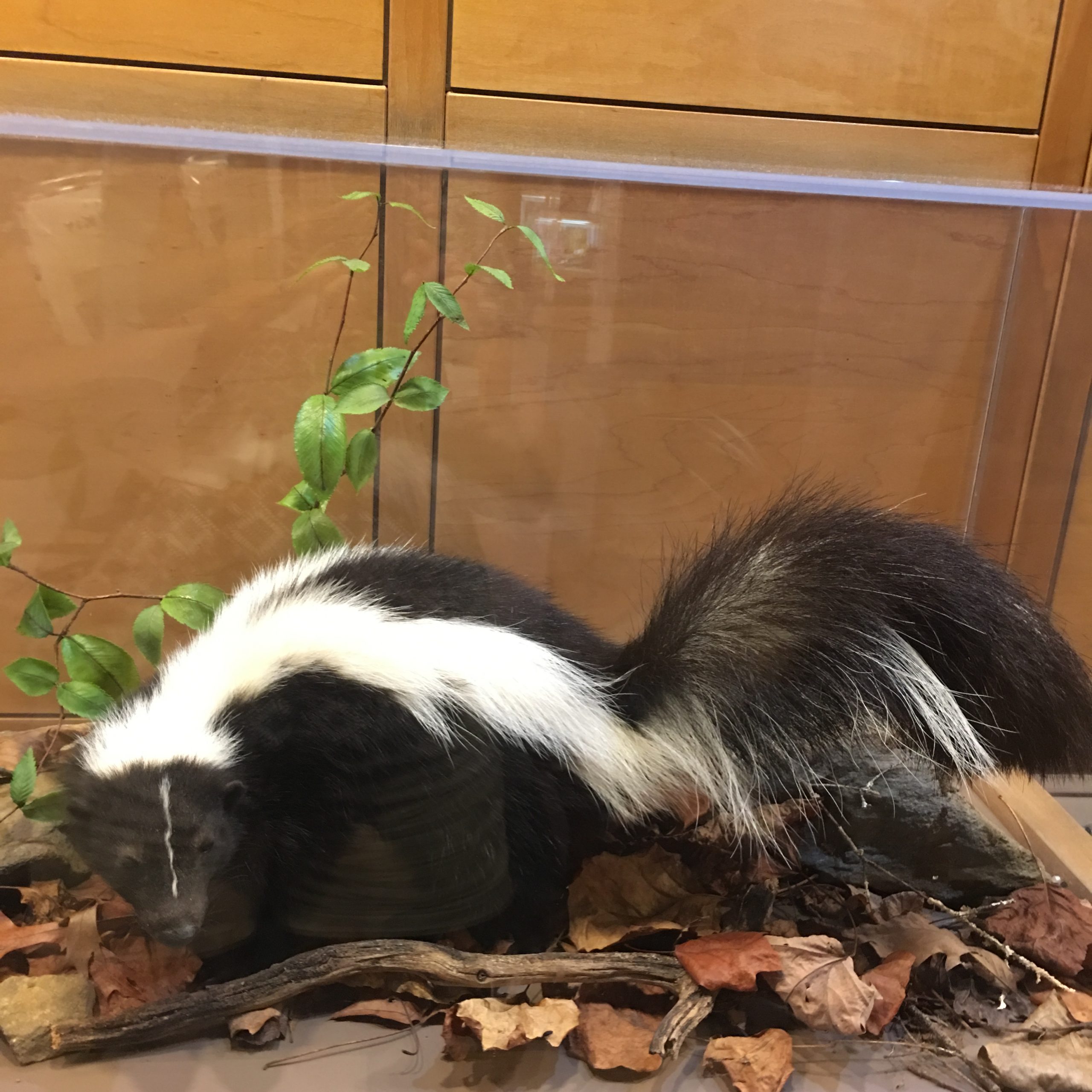
Skunks are the animal that you can smell before you see them due their scent glands, used as a defensive weapon. Known for their black coat with white stripes, they are in abundance throughout the park while the lesser known skunk is black with white spots. Skunks give birth to a litter of four to seven babies, usually in the month of May.
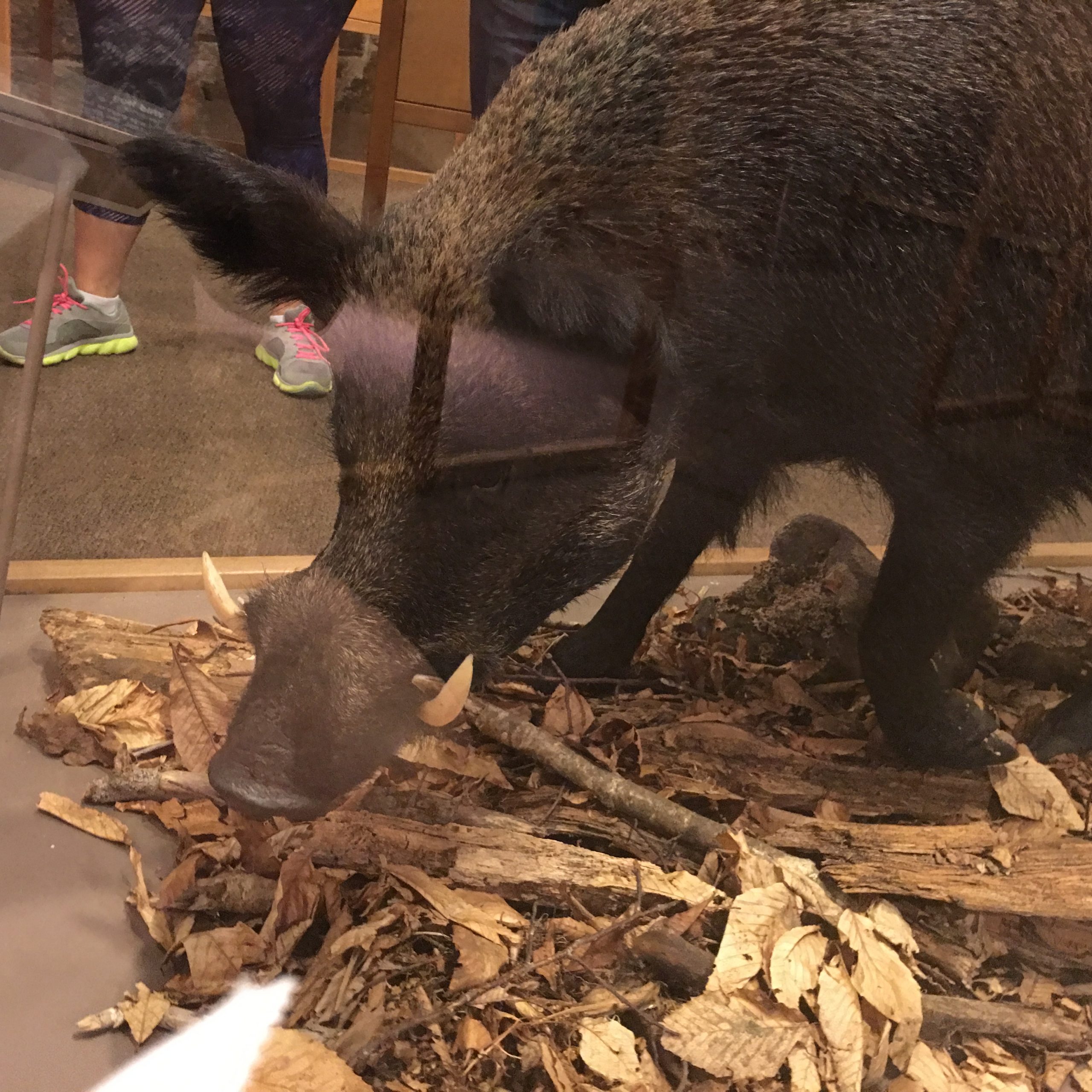
While there are populations of wild hogs within the Great Smoky Mountain National Park, they are not often spotted within the mountains. The female will usually have around six piglets in a litter and breed twice a year.

The Woodchuck, or Groundhog, is found in open fields, on the side of the road and streams where they find their food. They can measure up to 26 inches and weigh between five and 13 pounds. The females give birth to up to nine babies living up to six years in the wild.
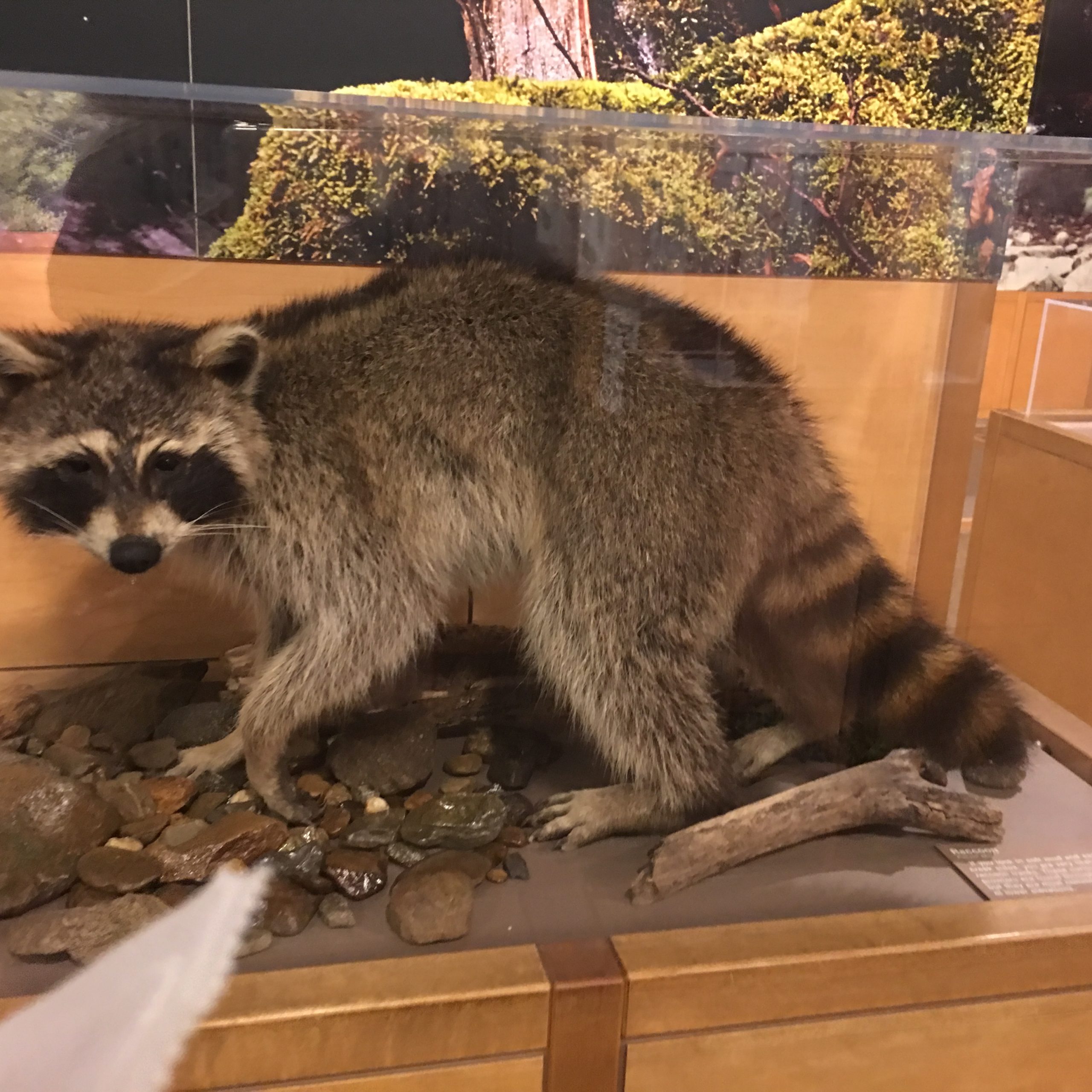
There is an abundance of raccoons within the Great Smoky National Park. While they may make a rare appearance during the day, they are nocturnal and most active at night. A fully grown raccoon will live up to seven years old and weigh between eight to 14 pounds. Most raccoons live near streams to feed on crayfish and frogs.
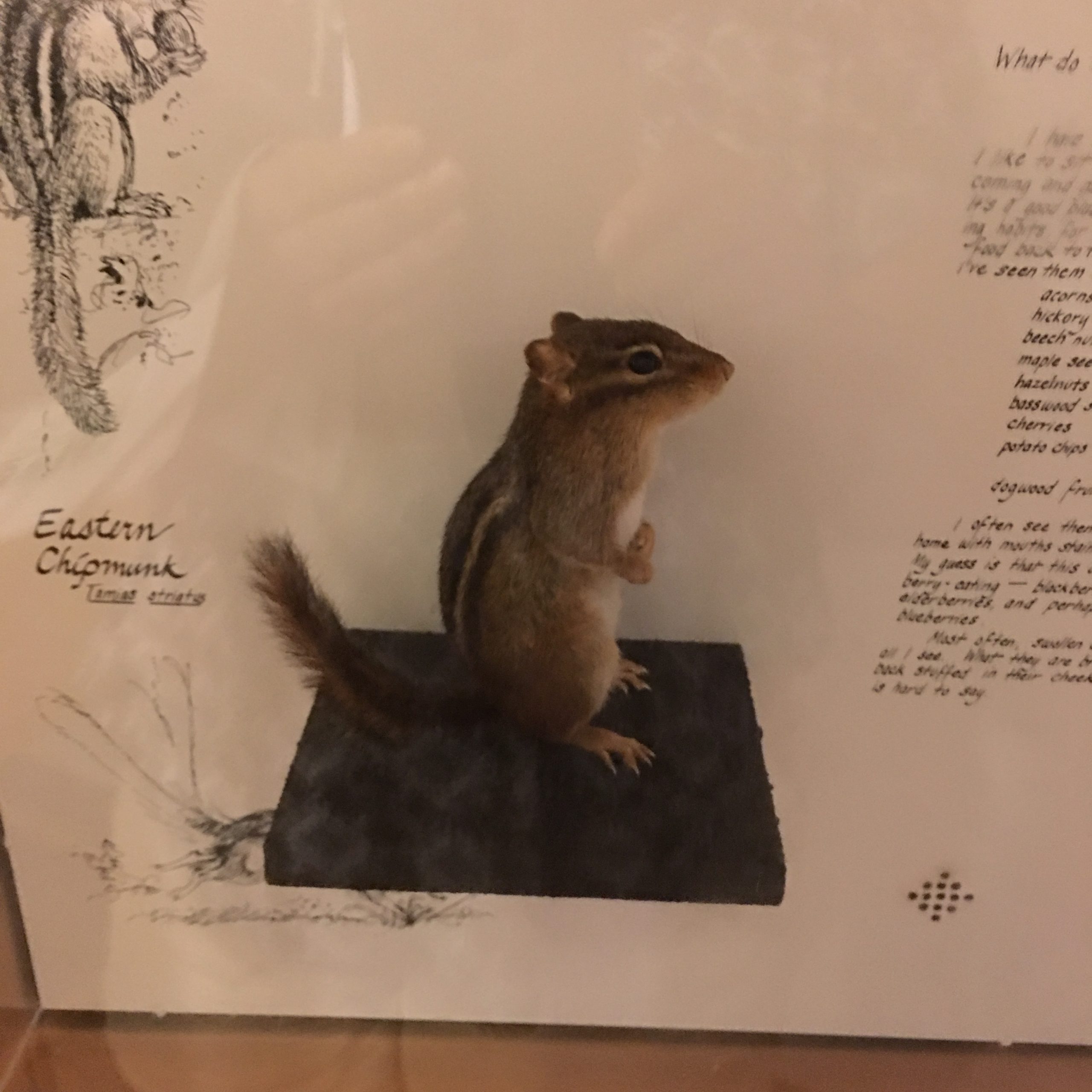
Chipmunks are also another Smoky Mountains animal that are easily spotted throughout the park. On the ground collecting nuts or racing up trees to store them, Eating nuts, seeds and fruits, they can store their food in their cheek pouches that can reach the size of their bodies when full.
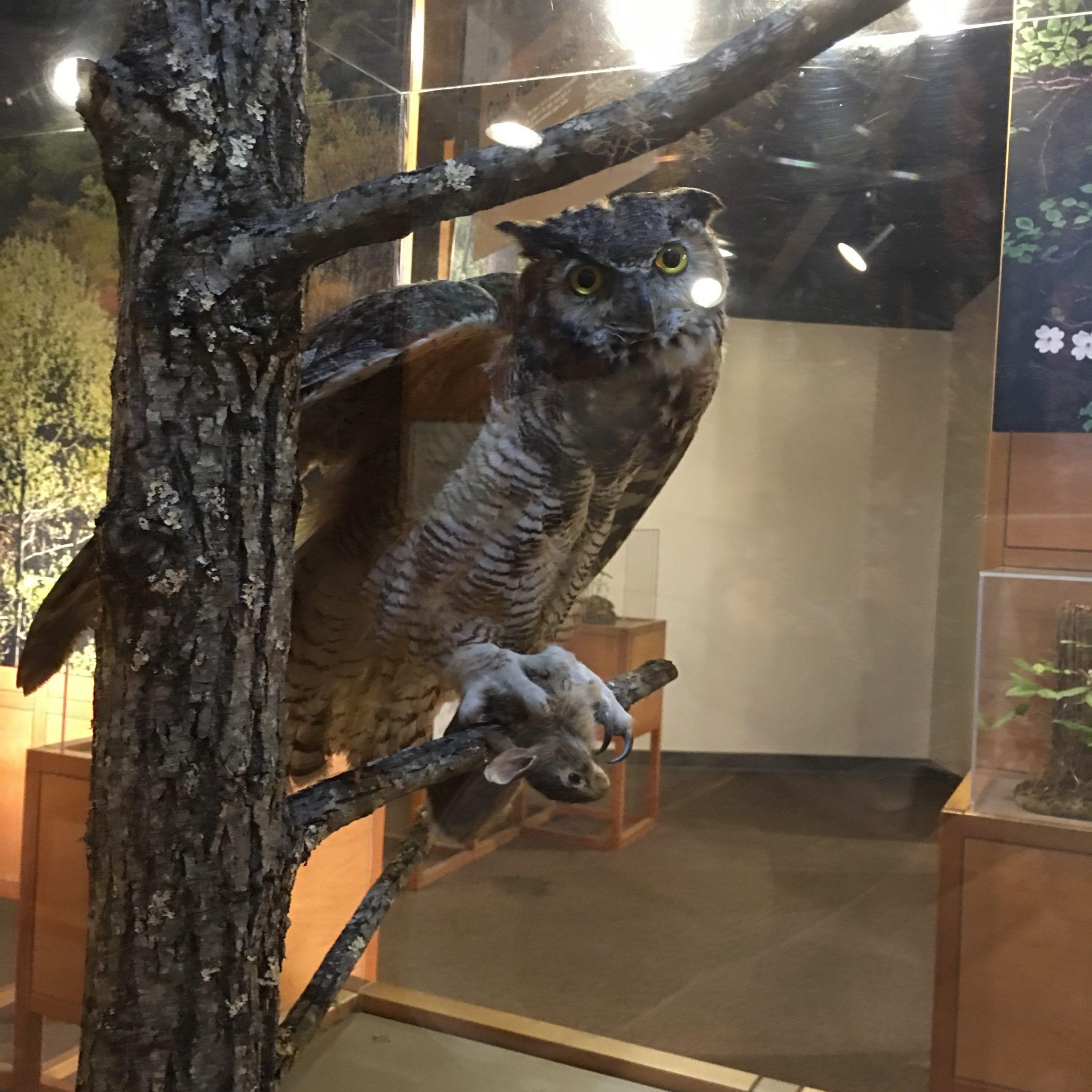
Several species of owls can be found within the Great Smokey National Park. From the medium-sized barn owl to the smaller great horned owl, they are a rare sighting as they are most active at night. They feed off of small rodent animals within the park and make their homes in the many trees throughout the park.
What animals did you see while visiting Great Smoky Mountains National Park? Did you have a favorite one? I would love to hear about your experience if you would kindly leave a message in the comments section below. Many thanks for reading about my amazing adventure in the Great Smoky Mountains and wishing you many Happy Travels!
What to See and What to Do:
Great Smoky Mountains National Park, TN 37738
Telephone: 865 436 1200
Where to Stay:
Firefly Chalet
Highway 321 North
Gatlinburg, TN 37738
Website: www.vrbo.com
Where to Eat:
Bennett’s Bar-B-Que
2910 Parkway
Pigeon Forge, TN
Telephone: 865 429 2200
What to Eat:
- Barbecue
